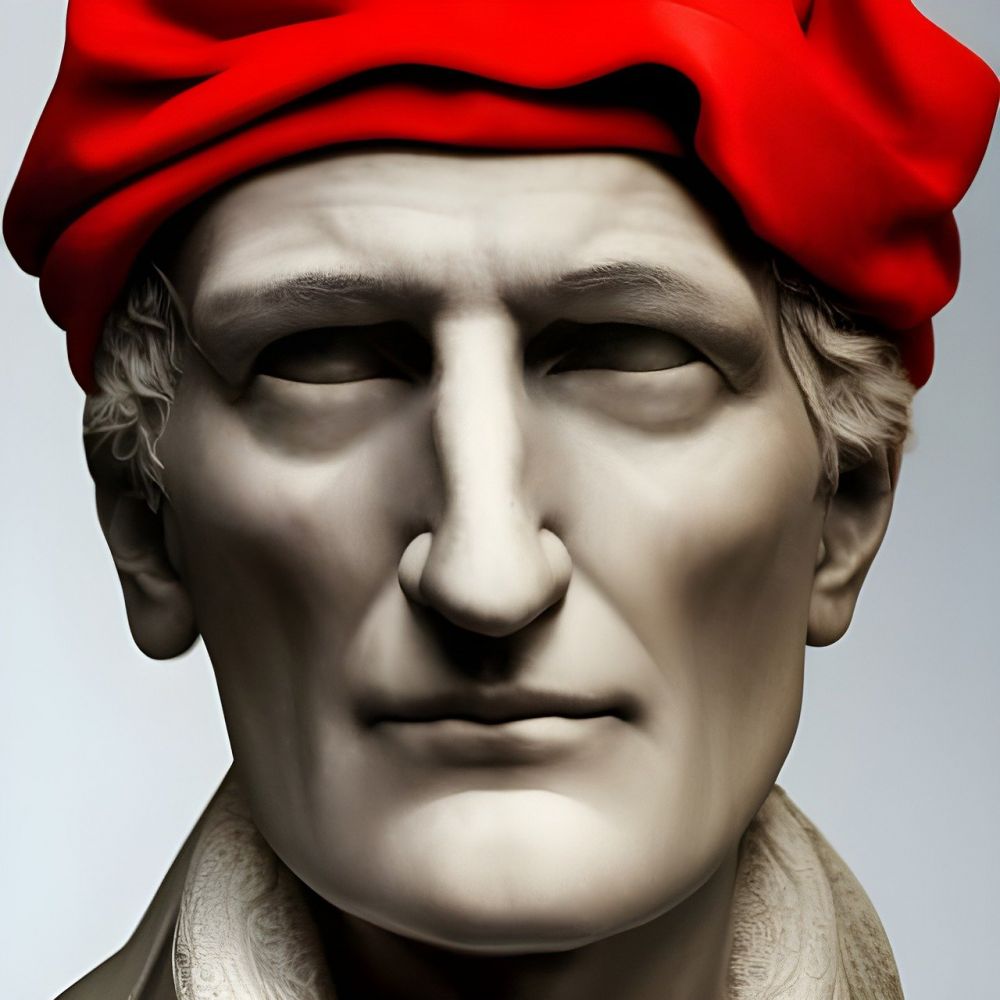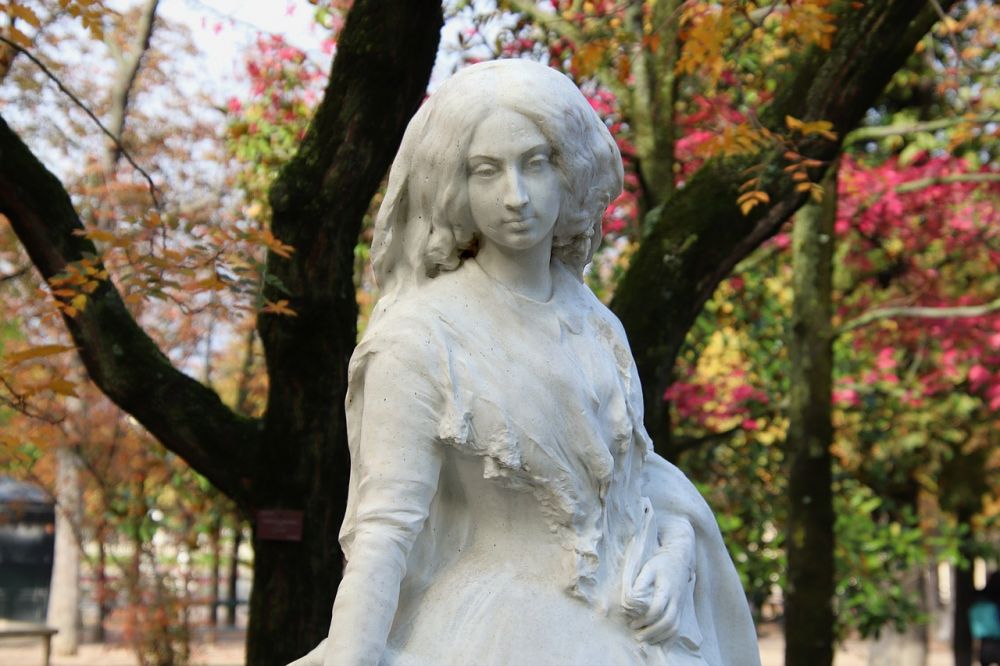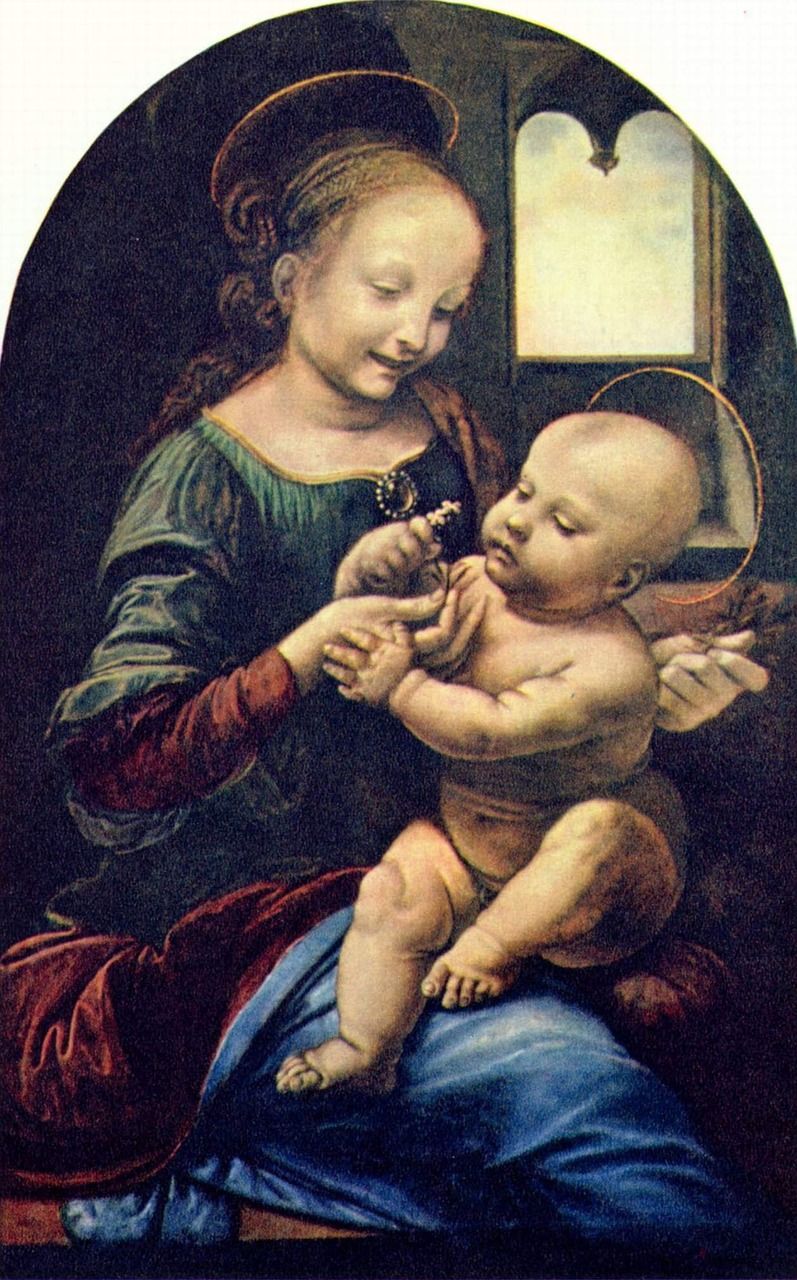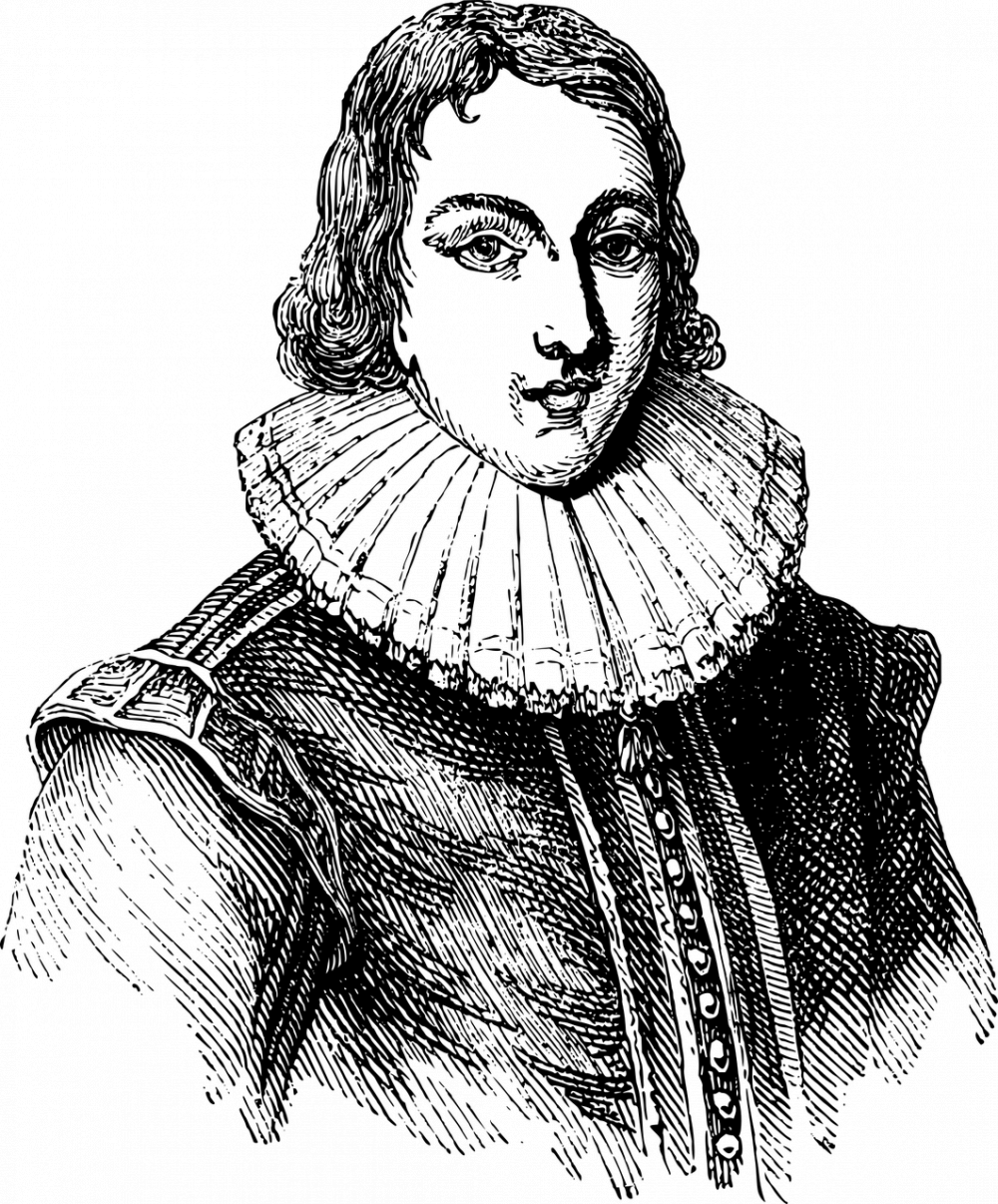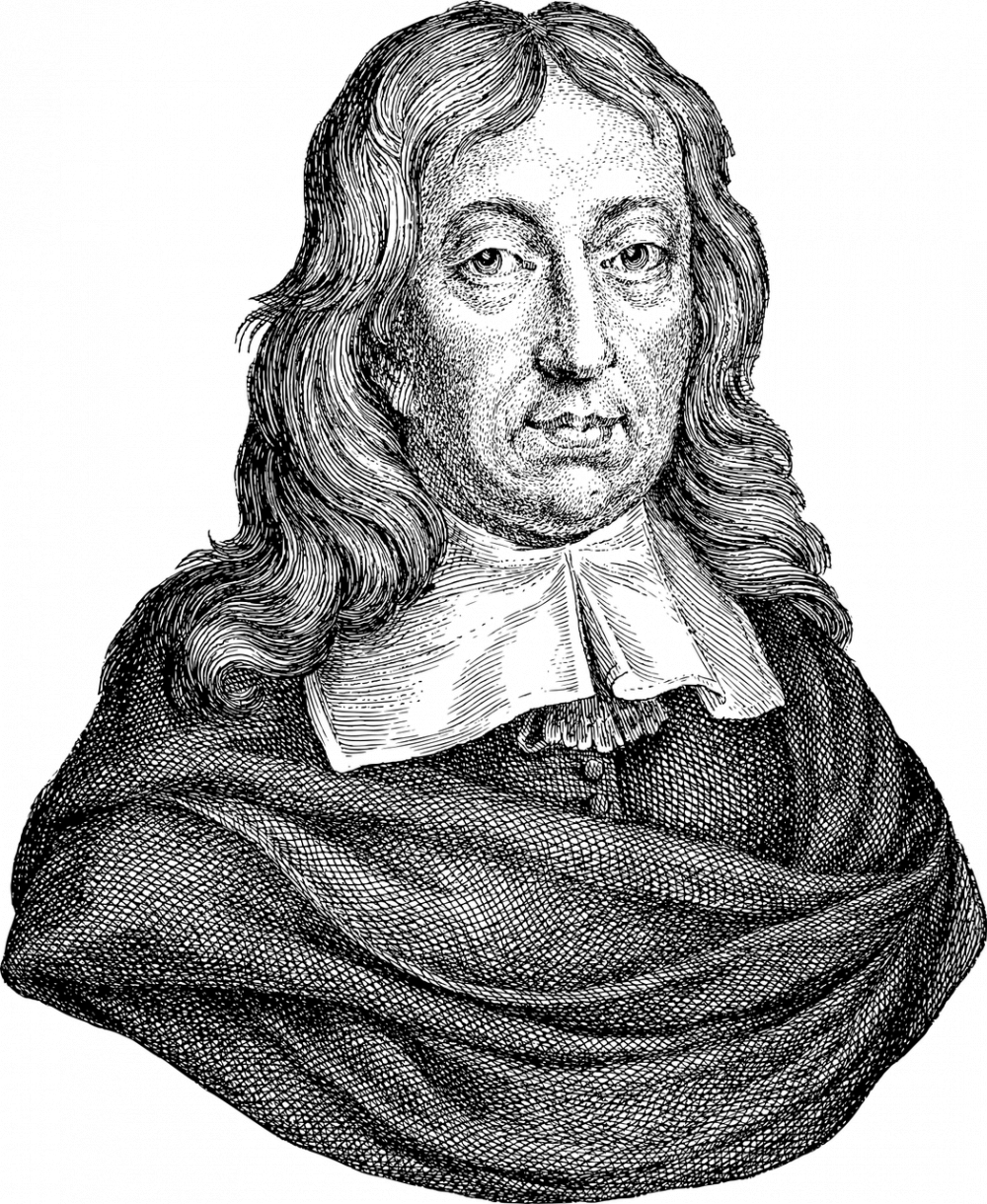Virginia Woolfs books hold a prominent place in the world of literature, captivating readers with their innovative style and deep exploration of human consciousness and emotions
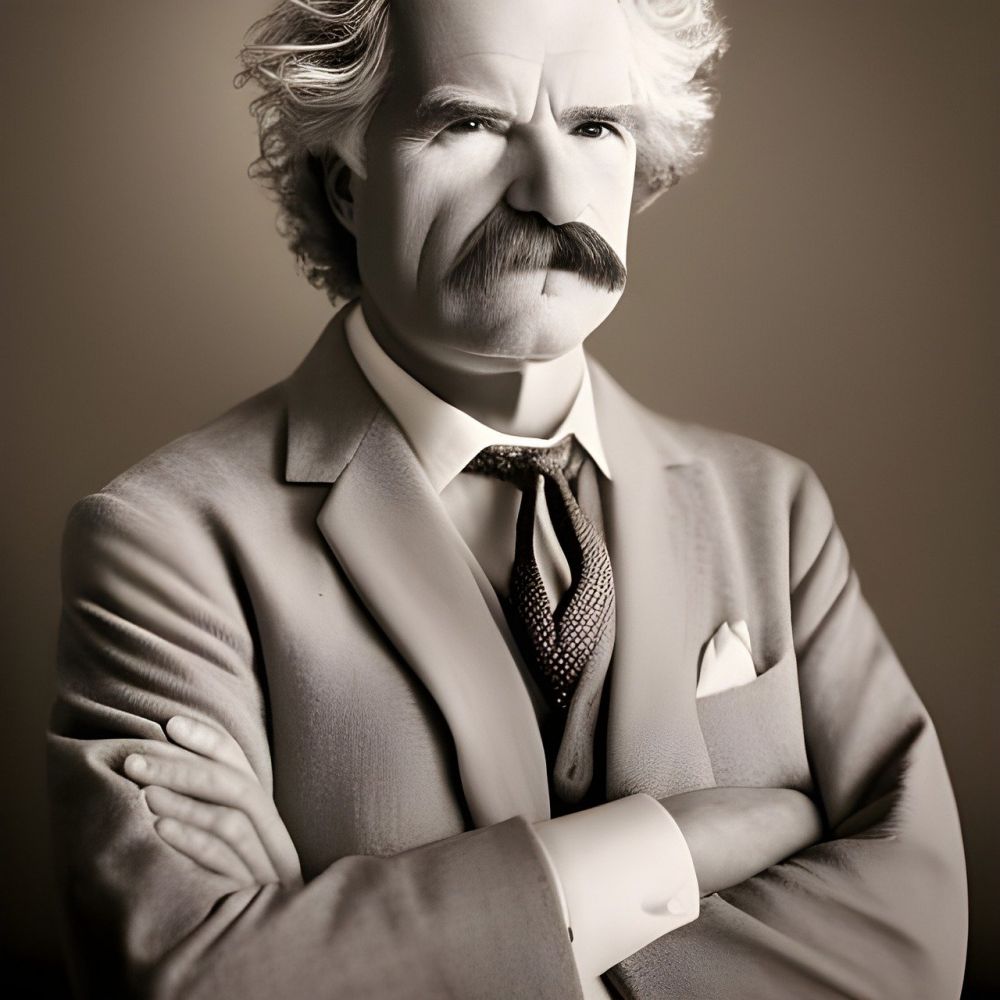
For those who are interested in this subject, it is essential to understand the significance and impact of Virginia Woolf’s books. In this article, we will delve into the world of Virginia Woolf’s literature, tracing its historical development and shedding light on its essential aspects.
Introduction to Virginia Woolf’s Books:
Virginia Woolf, born in 1882, was one of the most influential modernist writers of the 20th century. Known for her distinctive stream-of-consciousness writing technique, she revolutionized the way novels were written and paved the way for future generations of authors.
Virginia Woolf’s books are characterized by their introspective nature, delving into the inner thoughts and emotions of her characters. Through her words, she skillfully explored themes of gender, identity, mental health, and the meaning of life. Her works have had a lasting impact on feminist literature and continue to resonate with readers today.
Historical Evolution of Virginia Woolf’s Books:
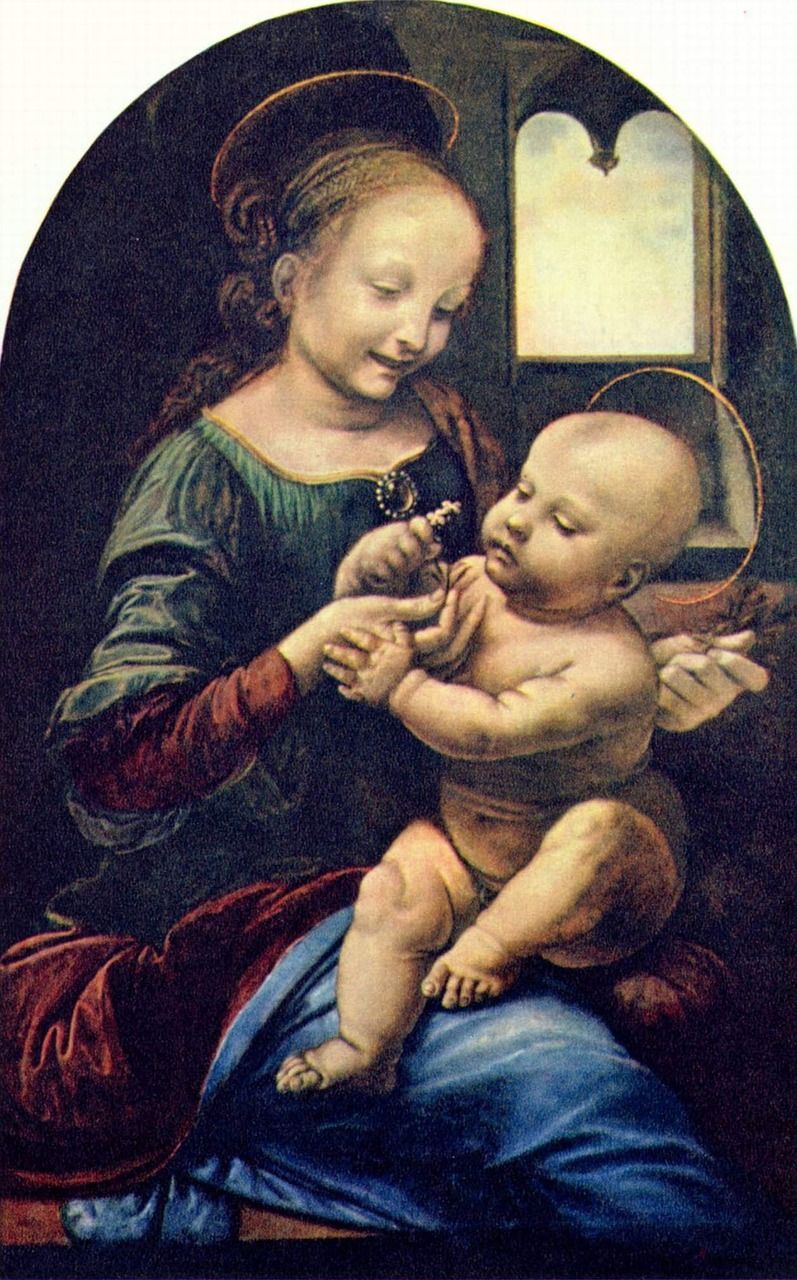
Virginia Woolf’s literary journey can be traced through various stages, each marked by her unique style and thematic explorations.
1. The Early Years (1900-1910):
During this period, Virginia Woolf experimented with different literary forms and styles. Her first novel, “The Voyage Out” (1915), showcases her early talent and hints at the themes that would later define her work. This novel explores themes of isolation and the role of women in society, which would become recurring motifs in her later books.
2. The Bloomsbury Era (1910-1920):
In the early 1910s, Virginia Woolf became a prominent member of the influential Bloomsbury Group, a collective of artists, writers, and intellectuals. This period saw the publication of her breakthrough novel, “Mrs. Dalloway” (1925). Written in stream-of-consciousness style, the novel explores the internal lives of its characters against the backdrop of post-World War I London. Its unique narrative technique and exploration of the human psyche established Woolf as a leading figure in modernist literature.
3. The Experimental Phase (1920-1930):
During the 1920s, Virginia Woolf continued to push the boundaries of narrative form and content. In 1927, she published “To the Lighthouse,” a novel that challenges traditional notions of plot and time. Using a fragmented narrative and shifting perspectives, Woolf delves into the complexities of human relationships and the passage of time. This book solidified her reputation as a literary innovator.
4. The Later Works (1930-1941):
In her later works, Virginia Woolf delved deeper into the psychological complexity of her characters. “The Waves” (1931), a poetic masterpiece, presents the inner thoughts and experiences of six individuals in a unique lyrical form. “Between the Acts” (1941), her final novel, explores themes of art, performance, and the inevitability of change. Tragically, Woolf’s career was cut short when she took her own life in 1941, leaving behind a legacy of literary greatness.
Throughout her career, Virginia Woolf’s books have challenged traditional narrative structures and offered profound insights into the human condition. Her unique writing style and exploration of themes such as gender, identity, and mental health continue to captivate and inspire readers today.
Conclusion:
Virginia Woolf’s books have left an indelible mark on the literary landscape. Her innovative style and deep exploration of human consciousness have made her an icon of modernist literature. From her early works to her later experiments, Woolf’s books continue to be celebrated for their introspective nature and profound insights into the complexities of human experience. As art lovers and collectors, delving into Virginia Woolf’s books offers an opportunity to explore the depths of human emotions and gain a deeper understanding of our own existence.
Remember to cherish and celebrate the genius that is Virginia Woolf by exploring her books and experiencing the transformative power of her words.
